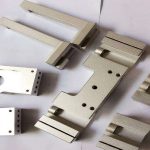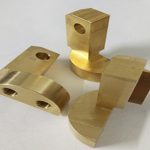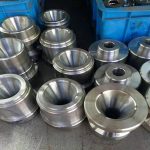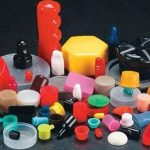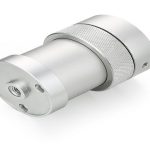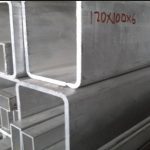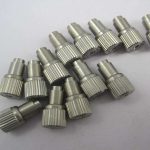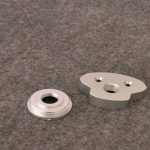Aluminum alloy die castings generally use sand molds or metal molds to pour the heated liquid aluminum or aluminum alloy into the mold cavity, and the obtained aluminum parts or aluminum alloy parts of various shapes and sizes are usually called aluminum die castings. Its surface treatment methods are as follows:
1. Phosphating aluminum
The effects of accelerators, fluorides, Mn2+, Ni2+, Zn2+, PO4; and Fe2+ on the phosphating process of aluminum were studied in detail by using methods such as SEM, XRD, potential-time curve, and film weight change. Studies have shown that guanidine nitrate has the characteristics of good water solubility, low dosage, and rapid film formation. It is an effective accelerator for aluminum phosphating: fluoride can promote film formation, increase film weight, and refine grain; Mn2+, Ni2+, can Obviously refine the grains, make the phosphating film uniform and compact, and improve the appearance of the phosphating film; when the Zn2+ concentration is low, the film cannot be formed or the film formation is poor. As the Zn2+ concentration increases, the film weight increases; the PO4 content affects the phosphating film The film weight has a greater impact, increasing PO4. The content increases the weight of the phosphating film.
2. Alkaline electrolytic polishing process of aluminum
Conducted research on alkaline polishing solution system, compared the effects of corrosion inhibitors, viscosity agents, etc. on the polishing effect, and successfully obtained an alkaline solution system with good polishing effects, and for the first time obtained the ability to reduce the operating temperature and prolong the use of the solution. It is an additive that can improve the longevity and polishing effect at the same time. The experimental results show that adding appropriate additives to the NaOH solution can produce a good polishing effect.
Exploratory experiments also found that after DC constant voltage electrolytic polishing with glucose NaOH solution under certain conditions, the reflectivity of the aluminum surface can reach 90%, but due to the unstable factors in the experiment, further research is needed. The feasibility of using DC pulse electrolytic polishing method to polish aluminum under alkaline conditions is explored. The results show that the pulse electrolytic polishing method can achieve the leveling effect of DC constant voltage electrolytic polishing, but its leveling speed is slow.
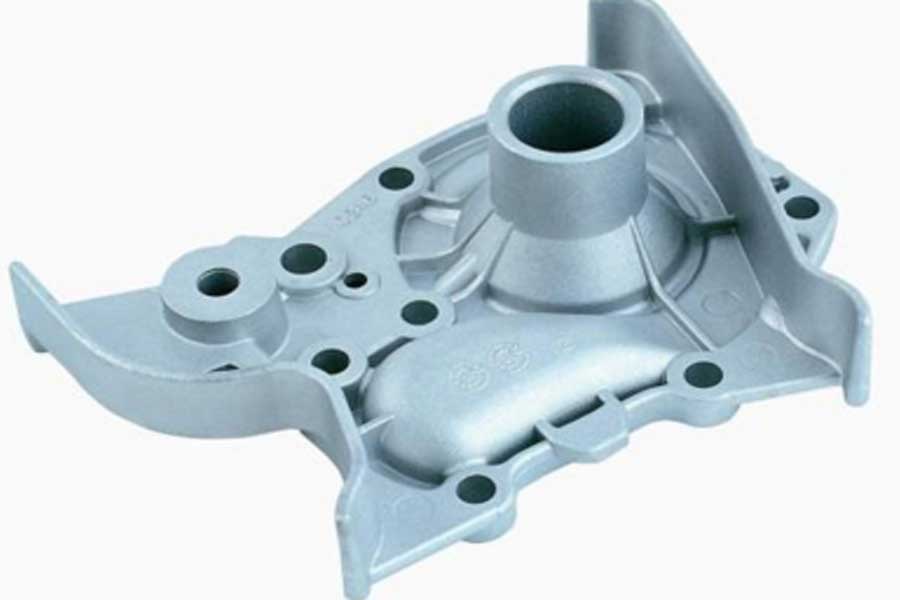
3. Environmentally-friendly chemical polishing of aluminum and aluminum alloys
It is determined to develop a new environmentally-friendly chemical polishing technology based on phosphoric acid-sulfuric acid as the base fluid. This technology must achieve zero emission of NOx and overcome the quality defects of similar technologies in the past. The key to the new technology is to add some compounds with special effects to the base fluid to replace nitric acid. For this reason, it is first necessary to analyze the three acid chemical polishing process of aluminum, especially the role of nitric acid. The main function of nitric acid in aluminum chemical polishing is to inhibit pitting corrosion and improve polishing brightness. Combined with the chemical polishing test in simple phosphoric acid-sulphuric acid, it is believed that the special substances added to phosphoric acid-sulphuric acid should be able to inhibit pitting corrosion and slow down overall corrosion, and must have a better leveling and brightening effect.
4. Electrochemical surface strengthening treatment of aluminum and its alloys
The process, properties, morphology, composition and structure of the ceramic-like amorphous composite conversion coating formed by anodic oxidation and deposition of aluminum and its alloys in a neutral system were preliminarily discussed.
Process research results show that in the Na_2WO_4 neutral mixing system, the concentration of the film-forming accelerator is controlled to be 2.5~3.0g/l,
The concentration of the complexing film agent is 1.5~3.0g/l, the concentration of Na_2WO_4 is 0.5~0.8g/l, the peak current density is 6~12A/dm2, and weak agitation can obtain a complete, uniform, and good-gloss gray series inorganic non- Metal film layer. The film has a thickness of 5-10μm, a microhardness of 300-540HV, and excellent corrosion resistance. The neutral system has good adaptability to aluminum alloys, and can form a good film on various series of aluminum alloys such as rust-proof aluminum and forged aluminum.
5. YL112 aluminum alloy surface treatment technology
YL112 aluminum alloy is widely used in structural parts of automobiles and motorcycles. The material needs to be surface treated before application to improve its corrosion resistance and form a surface layer that is easy to combine with the organic coating to facilitate the subsequent surface.
Link to this article: Surface treatment method of aluminum alloy die casting
Reprint Statement: If there are no special instructions, all articles on this site are original. Please indicate the source for reprinting:https://www.cncmachiningptj.com/,thanks!
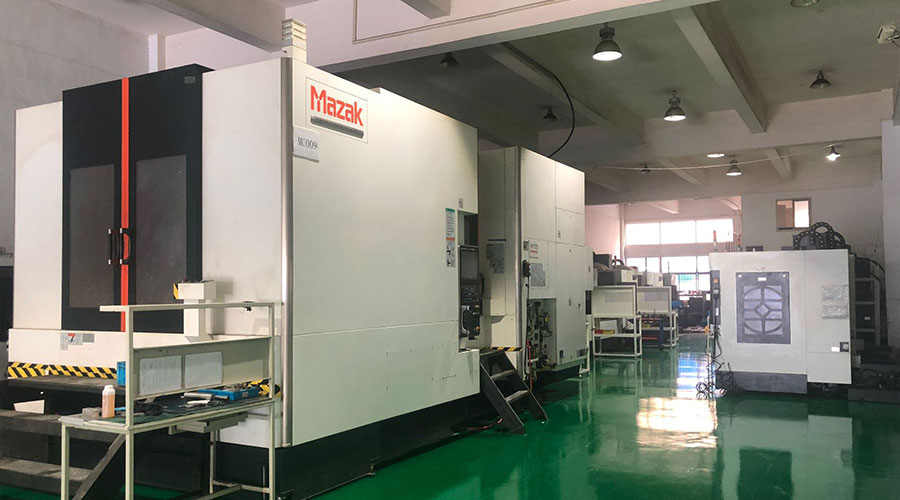 Sheet metal, beryllium, carbon steel, magnesium, 3D printing, precision CNC machining services for heavy equipment, construction, agriculture and hydraulic industries. Suitable for plastics and rare alloys machining. It can turn parts up to 15.7 inches in diameter. Processes include swiss machining,broaching, turning, milling, boring and threading. It also provides metal polishing, painting, surface grinding and shaft straightening services. The production range(include aluminum die casting and zinc die casting) is up to 50,000 pieces. Suitable for screw, coupling, bearing, pump, gearbox housing, drum dryer and rotary feed valve applications.PTJ will strategize with you to provide the most cost-effective services to help you reach your target,Welcome to Contact us ( [email protected] ) directly for your new project.
Sheet metal, beryllium, carbon steel, magnesium, 3D printing, precision CNC machining services for heavy equipment, construction, agriculture and hydraulic industries. Suitable for plastics and rare alloys machining. It can turn parts up to 15.7 inches in diameter. Processes include swiss machining,broaching, turning, milling, boring and threading. It also provides metal polishing, painting, surface grinding and shaft straightening services. The production range(include aluminum die casting and zinc die casting) is up to 50,000 pieces. Suitable for screw, coupling, bearing, pump, gearbox housing, drum dryer and rotary feed valve applications.PTJ will strategize with you to provide the most cost-effective services to help you reach your target,Welcome to Contact us ( [email protected] ) directly for your new project.
Link to this article:Surface treatment method of aluminum alloy die casting
Reprint Statement: If there are no special instructions, all articles on this site are original. Please indicate the source for reprinting:Tungusten,Thanks!^^

